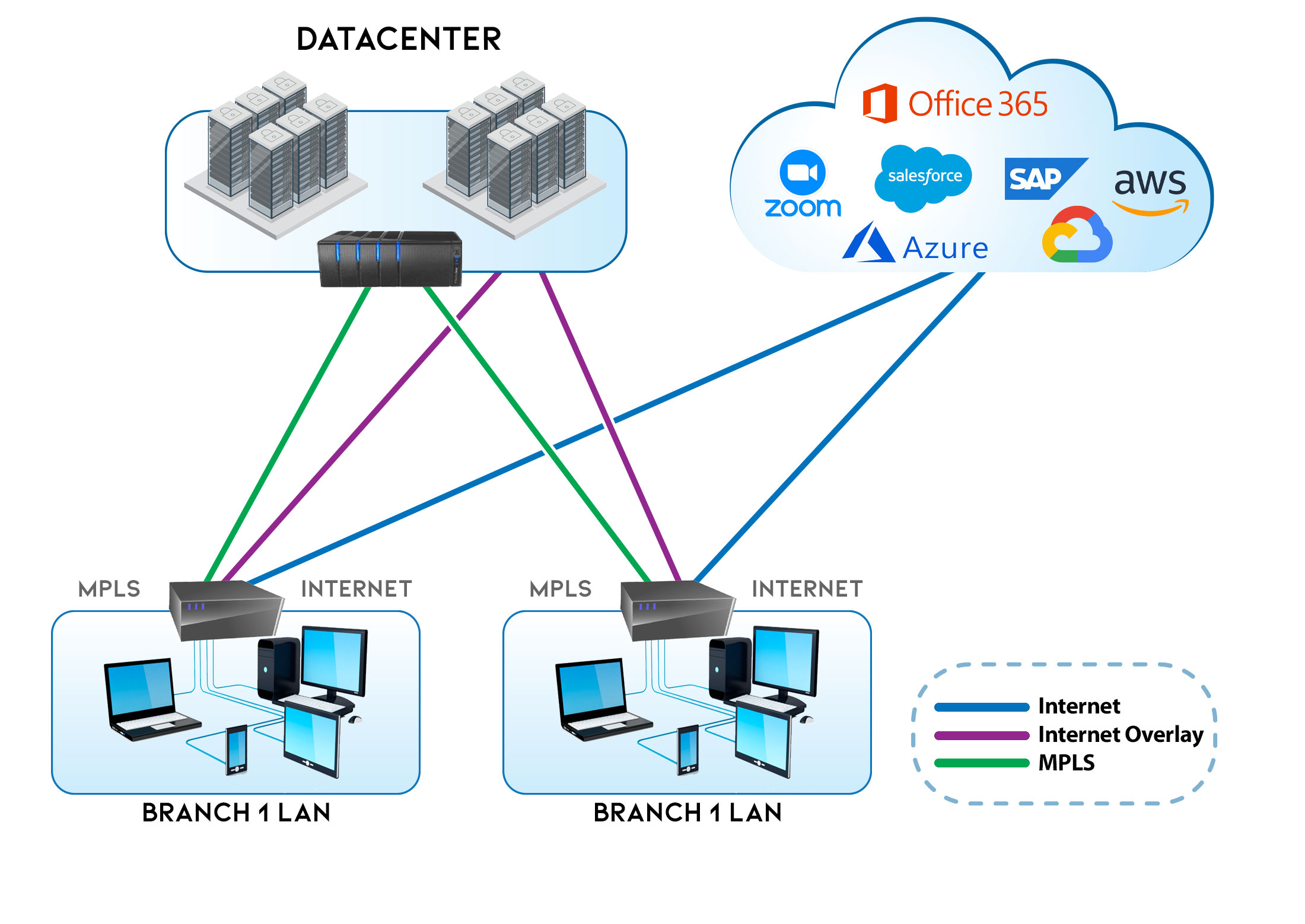5 Ways SDWAN

The advent of software-defined wide area networking, or SD-WAN, has revolutionized the way businesses approach their networking needs. By decoupling the control mechanism from the hardware, SD-WAN offers unprecedented flexibility, scalability, and cost savings. Here are five ways SD-WAN can transform your organization’s networking landscape:
1. Enhanced Network Agility and Flexibility
Traditional WAN architectures are often rigid and difficult to modify, making it challenging for businesses to adapt quickly to changing conditions. SD-WAN addresses this issue by providing a software-defined approach to managing network traffic. This means that IT teams can easily configure, manage, and prioritize network traffic in real-time, ensuring that critical applications receive the necessary bandwidth and quality of service (QoS). Whether it’s quickly spinning up new branch locations, supporting remote workers, or dynamically allocating bandwidth based on application priority, SD-WAN enables businesses to respond more agilely to evolving network demands.
2. Cost Savings Through Efficient Resource Utilization
One of the most compelling benefits of SD-WAN is its potential to reduce networking costs. By allowing organizations to use a combination of transport services—such as MPLS, broadband internet, and 4G/LTE—SD-WAN ensures that traffic is routed over the most cost-effective and efficient link. This approach, known as “transport independence,” can significantly lower WAN costs, especially for organizations with numerous branch locations. Additionally, by dynamically allocating traffic, SD-WAN can optimize the use of existing bandwidth, reducing the need for expensive hardware upgrades or new circuit installations.
3. Improved Security Posture
Security is a top concern for any network, and SD-WAN offers several features to enhance the security posture of an organization. By integrating advanced security functions directly into the WAN, businesses can ensure that all traffic, regardless of the transport method used, is subject to the same rigorous security policies. This includes next-generation firewall capabilities, intrusion detection and prevention systems, and encryption. Furthermore, SD-WAN’s centralized management platform allows for the uniform application of security policies across all locations, simplifying the process of maintaining a secure and compliant network environment.
4. Simplified Management and Monitoring
Traditional WAN management can be complex and time-consuming, requiring significant IT resources to configure, troubleshoot, and optimize the network. SD-WAN simplifies this process through its centralized management console. This platform provides a single pane of glass through which IT teams can configure policies, monitor performance, and troubleshoot issues across the entire WAN. The visibility and control offered by SD-WAN allow for more proactive network management, reducing downtime and improving the overall user experience. Additionally, many SD-WAN solutions incorporate advanced analytics and AI-driven insights, enabling predictive maintenance and further optimizing network performance.
5. Better Support for Cloud and SaaS Applications
The shift towards cloud computing and Software-as-a-Service (SaaS) applications has introduced new challenges for traditional WAN architectures. SD-WAN is well-suited to address these challenges by providing direct, secure, and optimized access to cloud and SaaS services. By dynamically steering traffic to the nearest cloud entry point or using local internet breakout, SD-WAN can significantly reduce latency and improve the performance of cloud-based applications. This is particularly beneficial for organizations relying on real-time collaboration tools, cloud-based CRM systems, or other SaaS applications that require low latency and high throughput.
In conclusion, SD-WAN represents a significant evolution in WAN technology, offering businesses a powerful tool to address the challenges of the modern, cloud-centric, and increasingly distributed workforce. By providing enhanced agility, cost savings, improved security, simplified management, and better support for cloud and SaaS applications, SD-WAN is poised to play a critical role in the digital transformation strategies of forward-thinking organizations.
How does SD-WAN improve network security?
+SD-WAN improves network security by integrating advanced security functions directly into the WAN, ensuring all traffic is subject to rigorous security policies, including next-generation firewall capabilities and encryption. Additionally, its centralized management platform allows for the uniform application of security policies across all locations.
What are the primary benefits of using SD-WAN for cloud and SaaS applications?
+The primary benefits include direct, secure, and optimized access to cloud and SaaS services, reduced latency through dynamic traffic steering, and improved application performance through local internet breakout, enhancing the overall user experience.
How does SD-WAN simplify network management?
+SD-WAN simplifies network management through its centralized management console, providing a single platform for configuring policies, monitoring performance, and troubleshooting issues across the entire WAN. This visibility and control enable more proactive network management.



